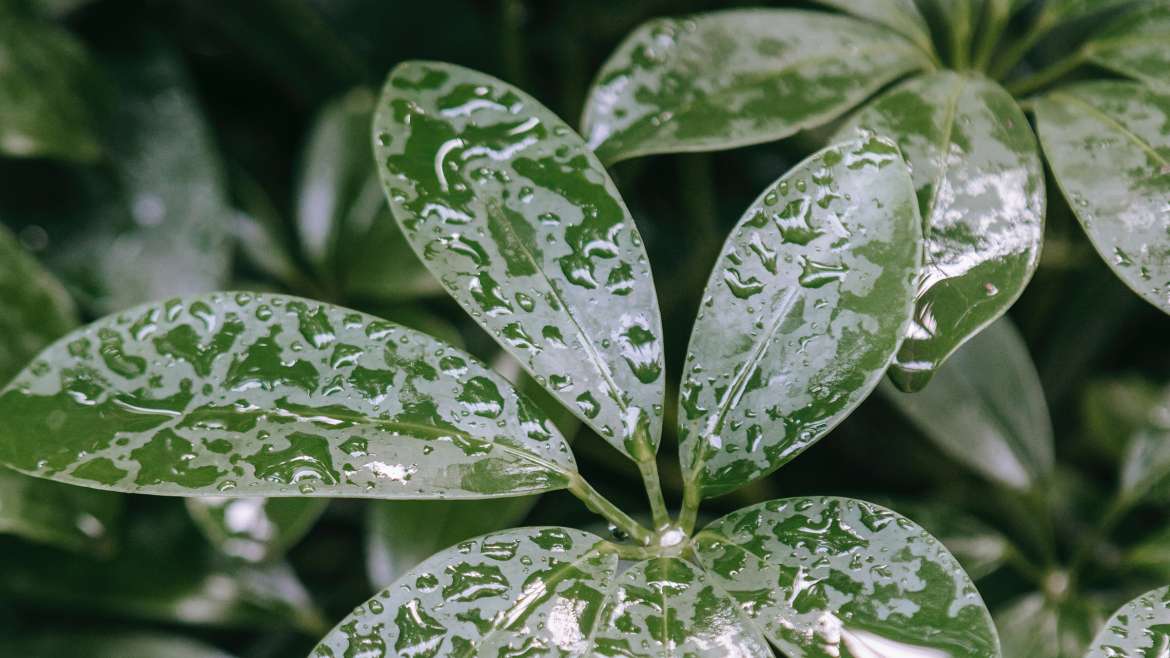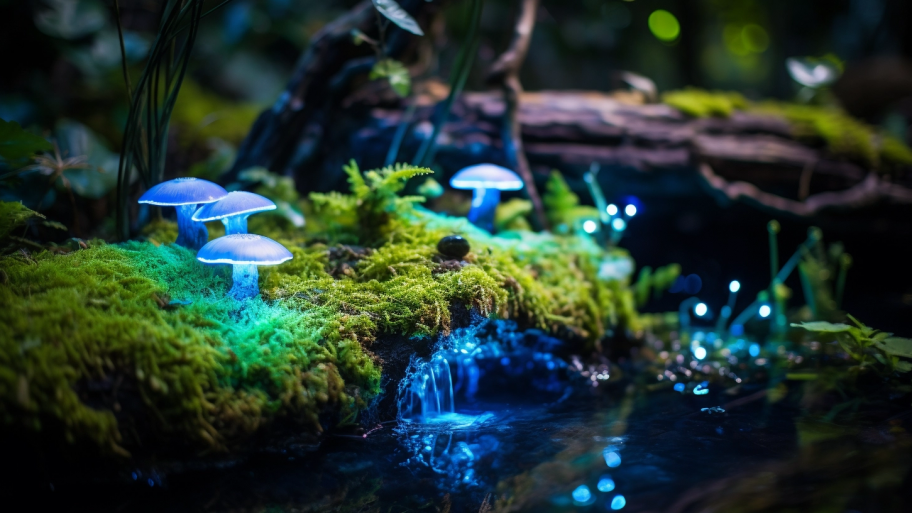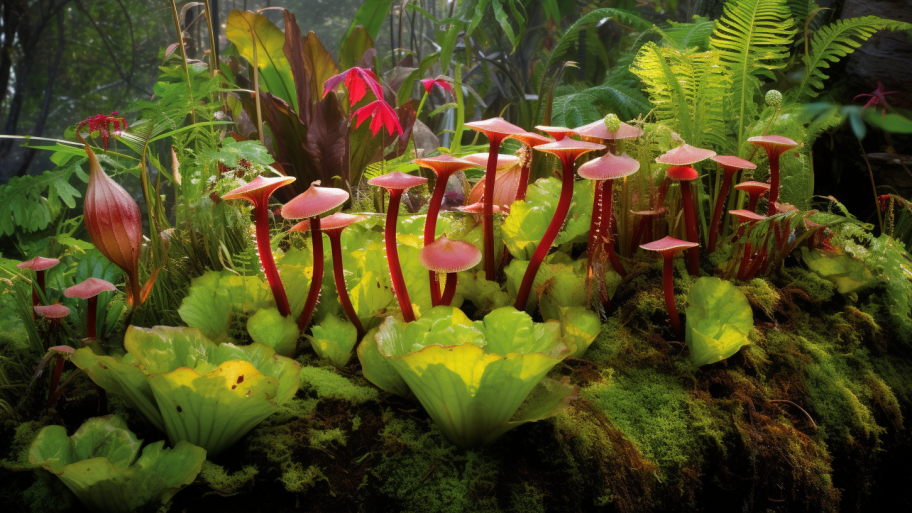Imagine a garden that not only adds beauty to your landscape but also serves a vital ecological purpose. A rain garden does just that. In this first article of our series on rain gardens, we’ll explore the concept, benefits, and components of these gardens, as well as guide you through selecting the perfect location for your own rain garden.
What is a Rain Garden? Purpose and Benefits
A rain garden is a purposefully designed, shallow depression in the landscape, planted with native vegetation. Its primary function is to collect and filter stormwater runoff from impervious surfaces, such as roofs, driveways, and sidewalks. By capturing rainwater, rain gardens help to reduce the amount of stormwater entering local waterways, decreasing erosion and pollution.
In addition to their water management capabilities, rain gardens offer numerous benefits. They support native plants, which provide habitat for birds, butterflies, and other beneficial insects. This increased biodiversity enhances the overall health of the ecosystem. Rain gardens also offer a visually appealing landscape feature that can increase property value.
Choosing the Right Location for Your Rain Garden
Selecting the ideal location for your rain garden is crucial to its success. Consider the following factors when scouting potential sites:
- Proximity to runoff sources: Locate your rain garden where it can intercept and collect the maximum amount of stormwater runoff. This may be near downspouts, at the base of slopes, or adjacent to paved surfaces.
- Soil type and drainage: Perform a simple infiltration test to ensure the soil in your chosen location drains adequately. Rain gardens need well-draining soil to function effectively.
- Sun exposure: Many native plants suitable for rain gardens prefer full to partial sun. Assess the sunlight conditions in your chosen location to ensure the plants will thrive.
- Utilities and existing landscape features: Avoid placing your rain garden directly over underground utilities, septic systems, or tree roots.
Basic Components of a Rain Garden
A well-designed rain garden consists of several essential components:
- Inlet: This is where the stormwater enters the rain garden. It can be a downspout extension, swale, or curb cut, designed to direct the flow of water into the garden.
- Basin: The basin is the depressed area of the rain garden where water collects and infiltrates the soil. It should be sized appropriately to handle the volume of stormwater runoff from the contributing area.
- Plantings: Native plants adapted to both wet and dry conditions are ideal for rain gardens. They have deep root systems that help to break up compacted soil, improving infiltration and filtering pollutants.
- Outlet: In the event of heavy rainfall, the outlet serves as an overflow for excess water, directing it safely away from the rain garden to prevent erosion and flooding.
Now that you have a solid understanding of the concept and benefits of rain gardens, as well as the factors to consider when choosing a location, you’re ready to dive into the exciting world of rain garden design and plant selection. In the next article in our series, “Planting a Rain Garden: Native Plant Selection and Design Principles,” we’ll guide you through selecting the perfect native plants and designing your rain garden to maximize its beauty, functionality, and ecological impact.




